Raspberry Pi Sense HAT Version 2 Spotted in New Astro Pi Video
A quick glimpse of the latest space fairing Raspberry Pi projects
Raspberry Pi has released a video detailing the making of the Astro Pi units recently deployed to the International Space Station, and which also gives us a glimpse of the new Sense HAT Version 2 add-on board that features new and improved sensors for scientific experiments on the International Space Station.
Recently two Astro Pi units were flown to the International Space Station for a series of experiments and projects, created by children in European Space Agency members states. The Astro Pi units consist of a Raspberry Pi 4 8GB in a specially commissioned and flight approved case, a high-quality camera, and a new version of the Sense HAT with color and luminosity sensors plus passive infra-red (PIR) sensor. The new Sense HAT Version 2 also contains a gyroscope, accelerometer, and magnetometer, plus humidity, temperature and pressure sensors, and we can assume they are the same as those used in the original 2014 model.
Something new for these new Astro Pi units is a separate machine-learning dongle based on Google Coral TPU. The TPU (Tensor Processing Unit) gives the Raspberry Pi 4 an extra processing boost for machine learning and AI. When used with the HQ camera, the TPU can be used to create computer vision projects of our planet.
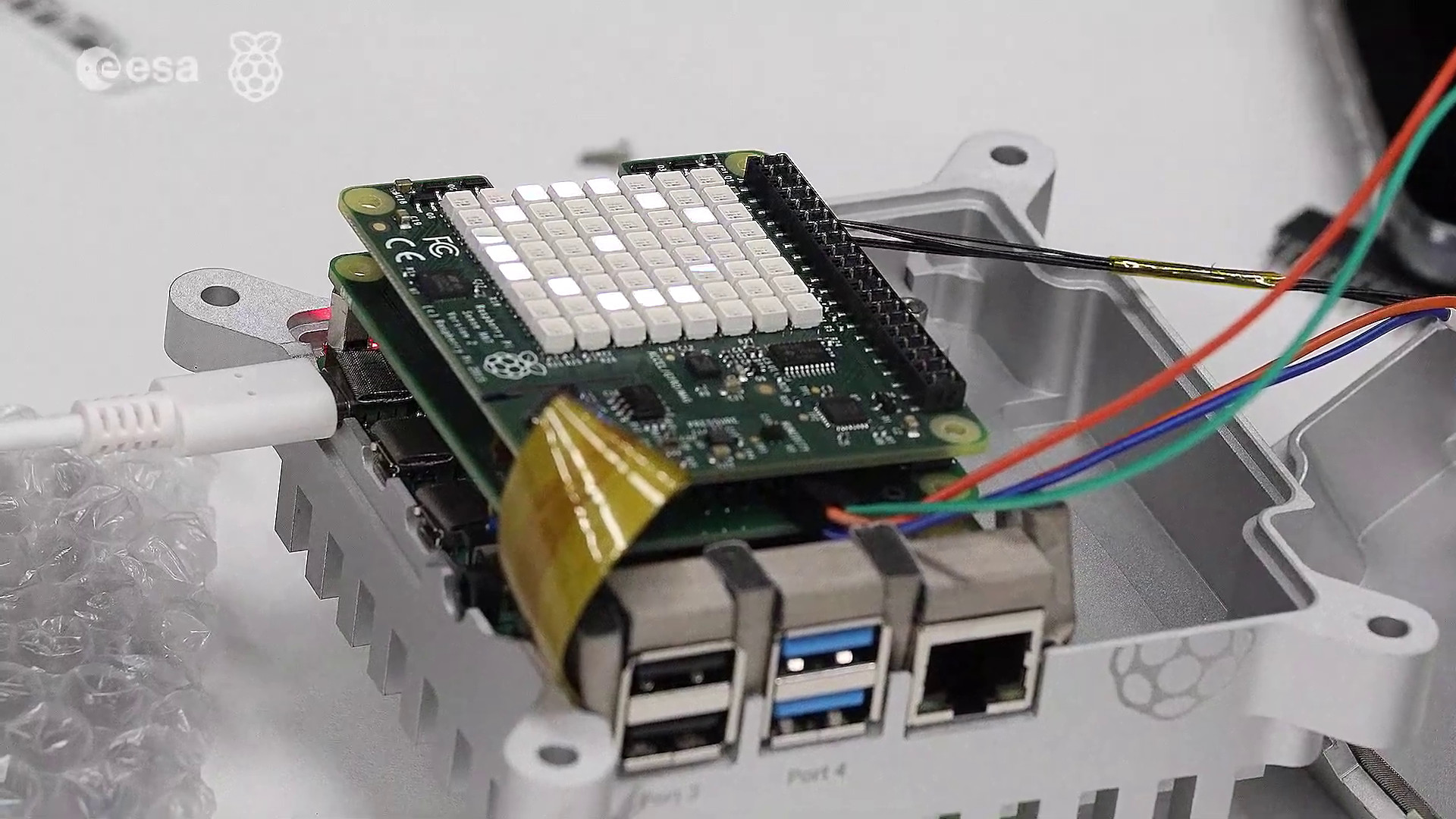
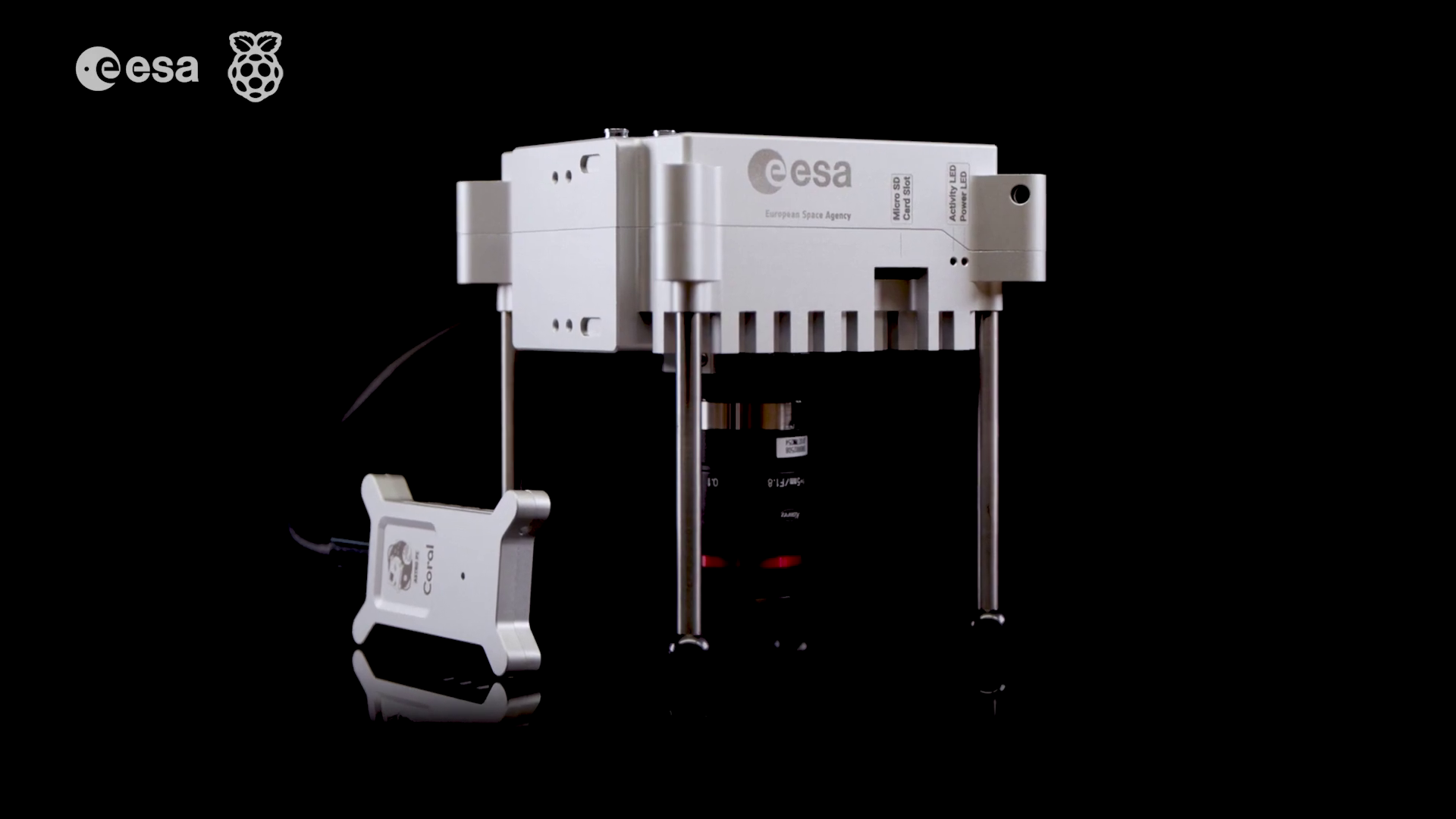
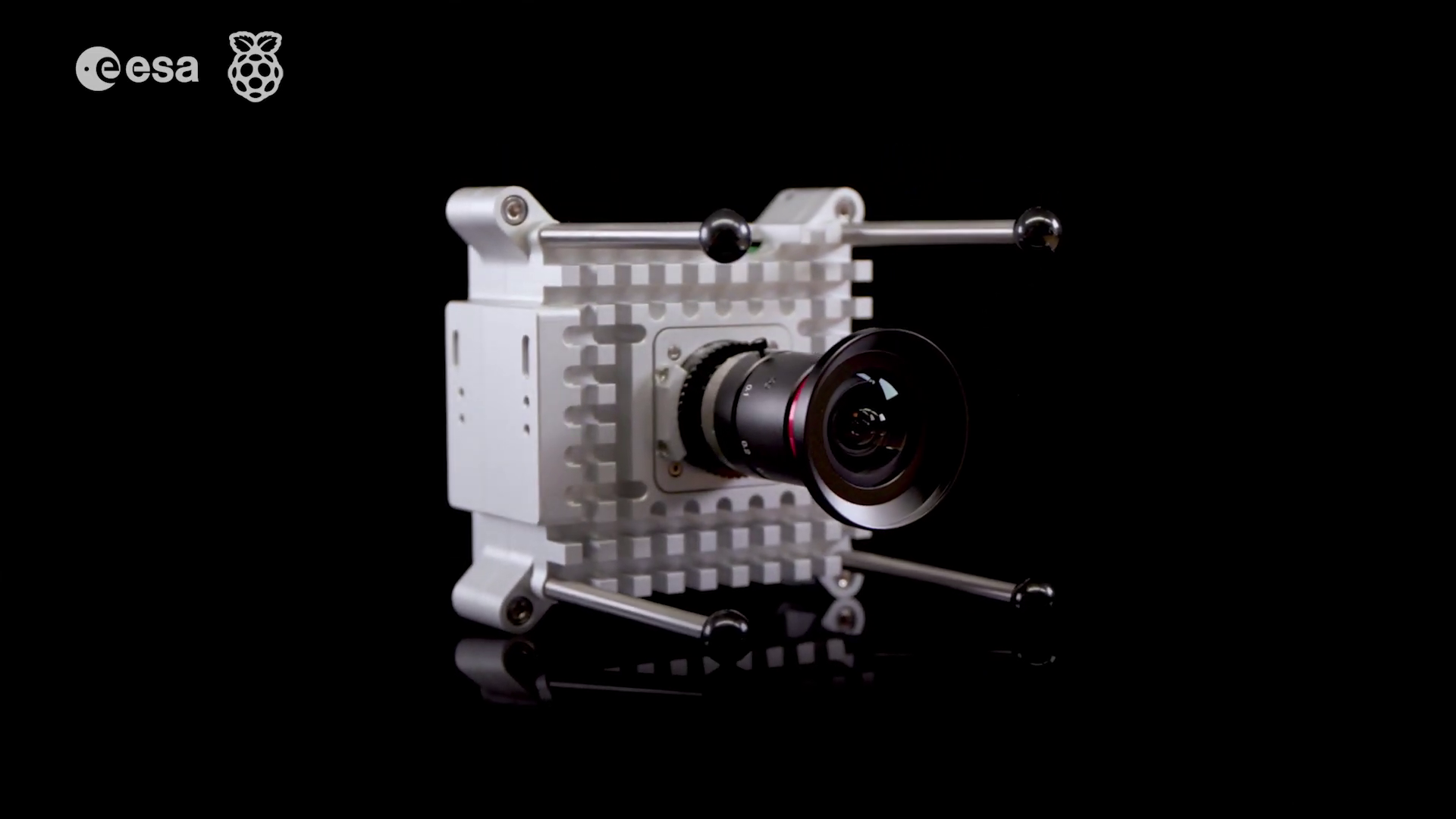
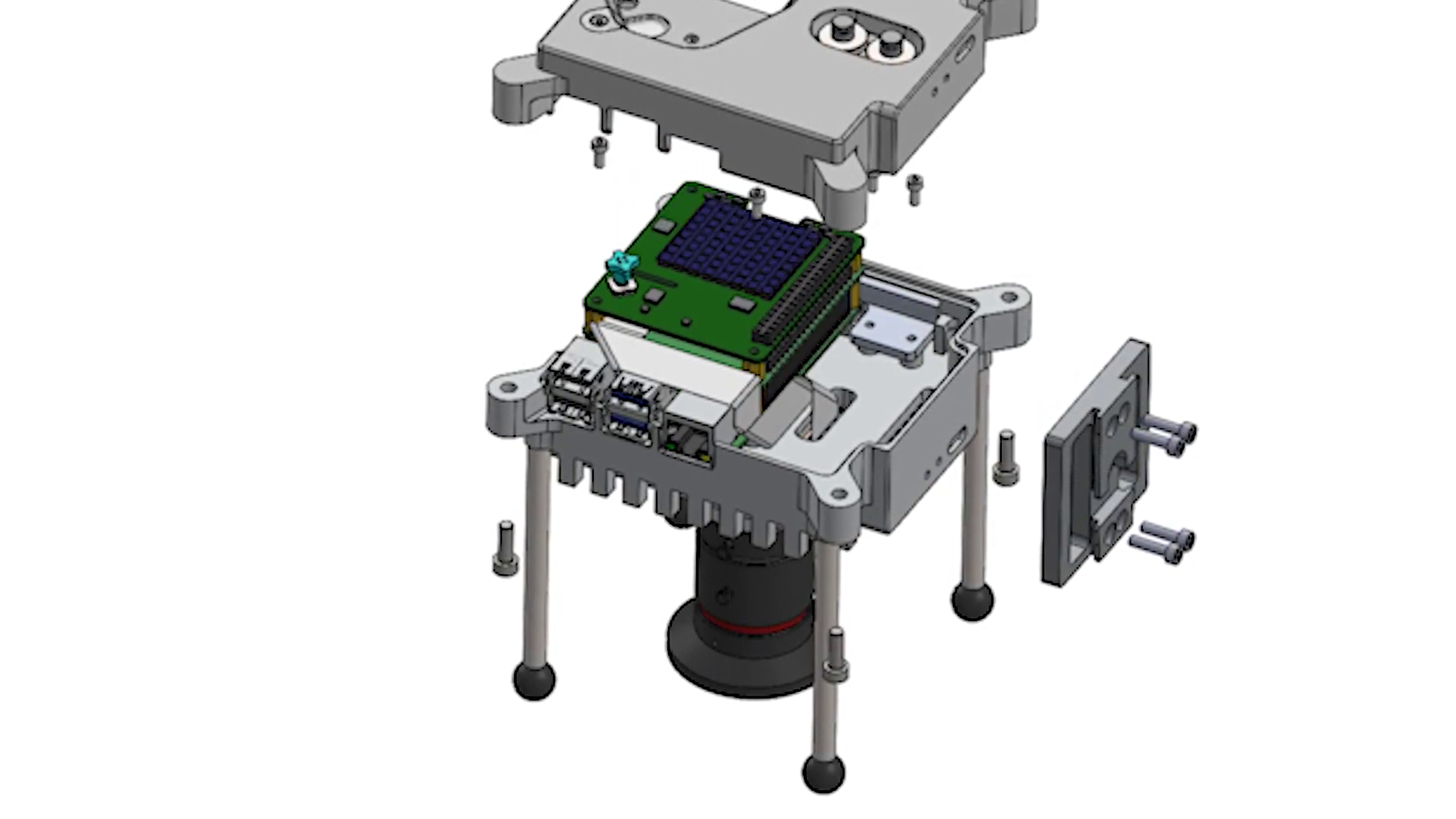
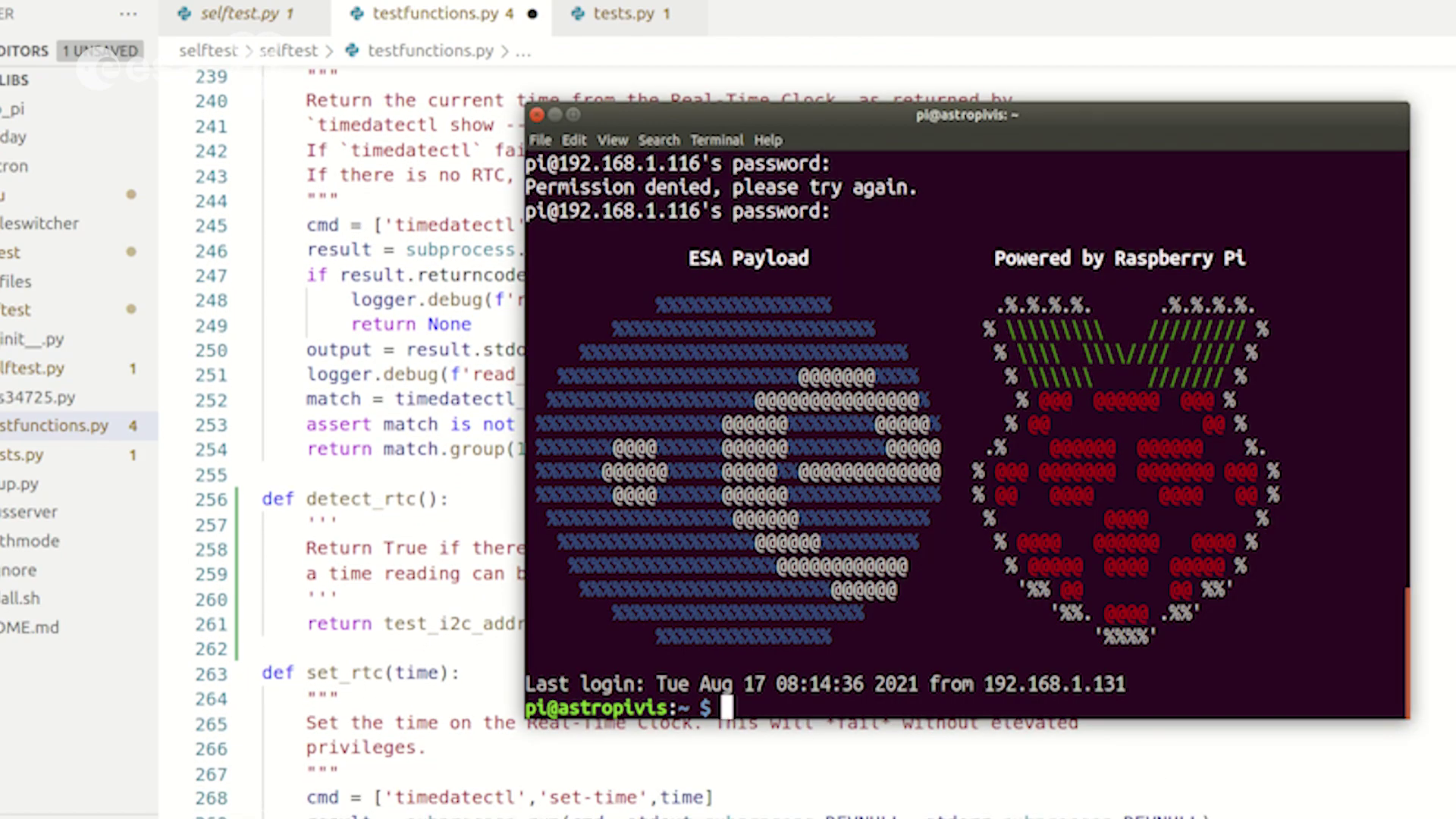
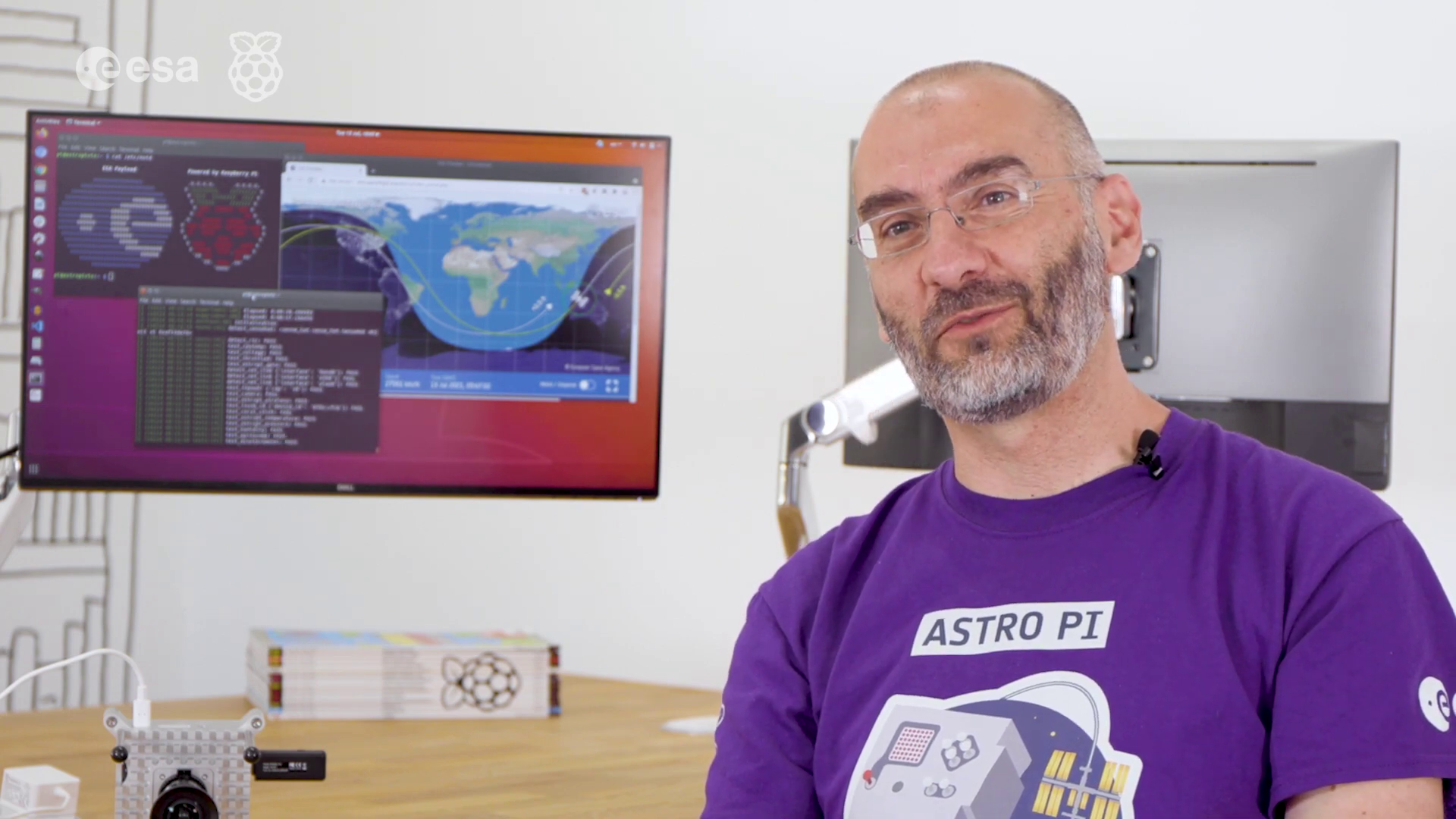
The Astro Pi units are controlled by a custom OS based upon Raspberry Pi OS but with tweaks made for use with the limited controls present on the units and to meet ESA safety guidelines. The new Astro Pi machines arrived on the International Space Station back in December, to replace two original Raspberry Pi machines that were taken to the ISS in 2015.
The Astro Pi project aims to enable young people from across the ESA member states the opportunity to run an experiment on the ISS. To this end, the new sensors enable proximity detection via the PIR, and take pictures of Earth using the camera module, pictures which can be used with machine learning models to monitor environmental conditions and conduct "Citizen Science" experiments.
Some of the most interesting insight in the video comes from industrial designer Jon Wells, who had the job of designing the aluminum case that houses the Pi 4 board, camera, and Sense HAT. He needed to incorporate the new features into a case that not only fitted into the same space as the original, but maintained a family resemblance to it. The team also had to make sure the new Astro Pi modules hit the targets required of them by the European Space Agency to make sure they would function properly in the ISS environment. “Sending hardware and software to space sounds really exciting, but there's a lot of steps that you need to go through,” says George Boukeas, Astro Pi devops engineer.
The new Sense HAT, which in its Astro Pi configuration has a dark filter over its LED array to prevent them becoming too bright for the astronauts’ eyes, should be available to buy eventually, though no firm date has been set for its availability. Until then, the video (and this one of astronaut Matthias Maurer unpacking them onboard the ISS) give us a look at their capabilities and function.
Get Tom's Hardware's best news and in-depth reviews, straight to your inbox.

Ian Evenden is a UK-based news writer for Tom’s Hardware US. He’ll write about anything, but stories about Raspberry Pi and DIY robots seem to find their way to him.
